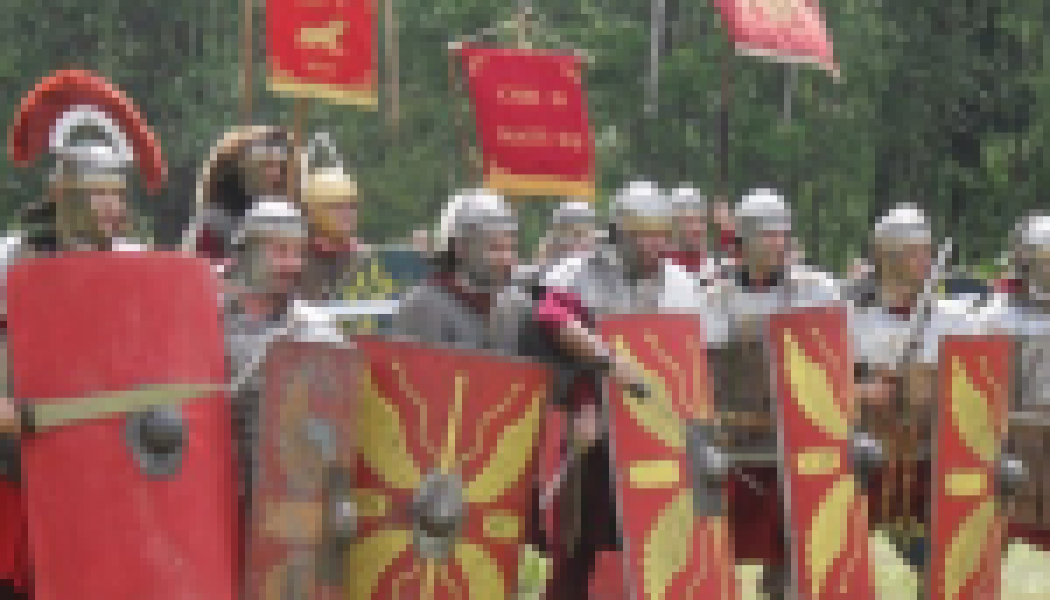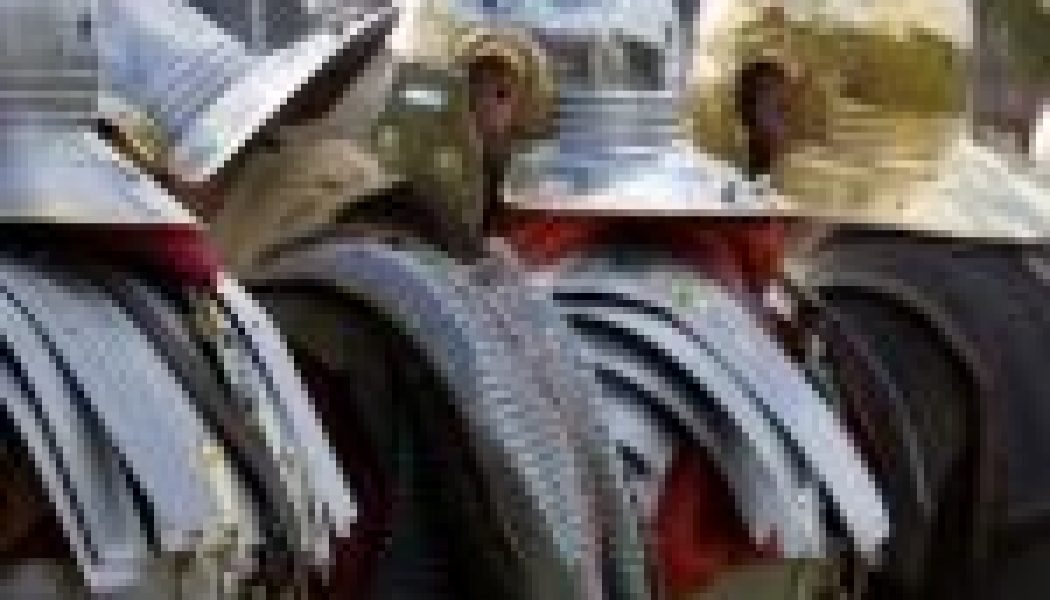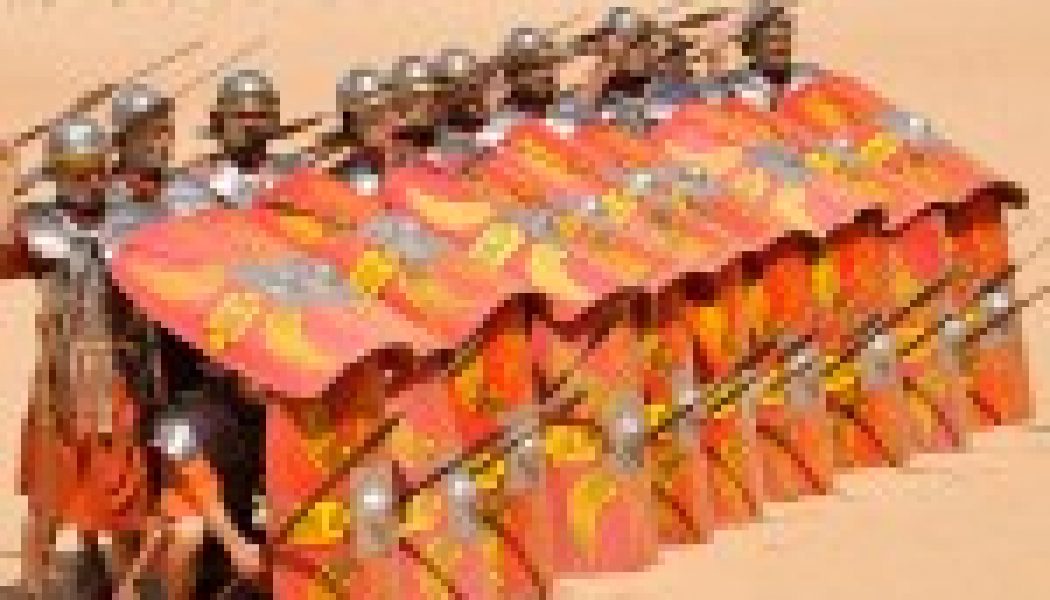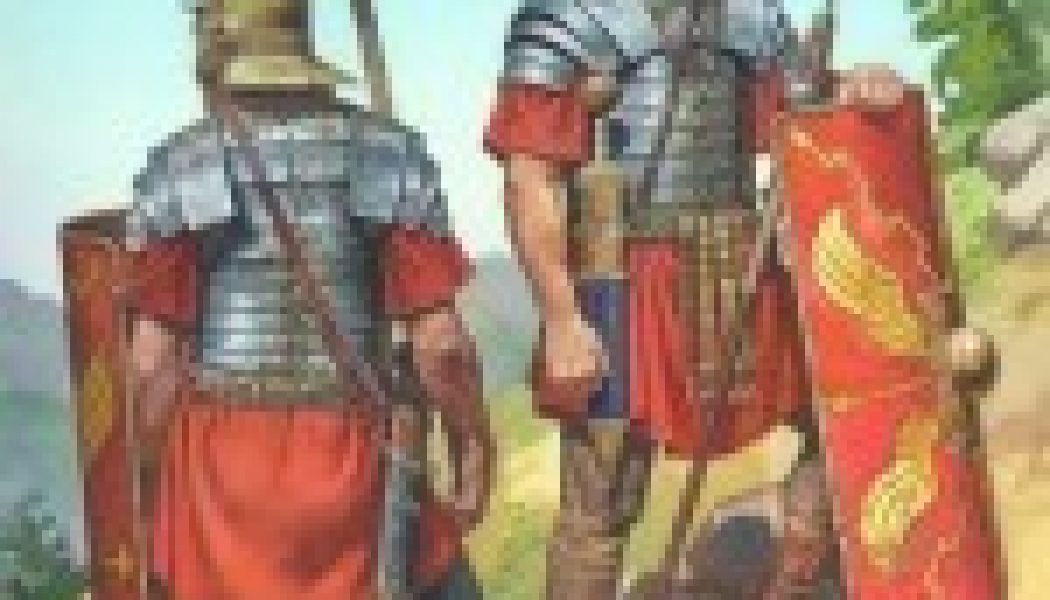One Verse
What does the Book of Acts teach about Forgiveness?
This study on forgiveness looks at the topic of forgiveness in the Book of Acts. Forgiveness is a key theme in Acts, and we see how Peter and Paul teach about Acts as the spread the gospel message throughout the world. Note that this study is an excerpt from my Gospel Dictionary online course. This course considers 52 key words of the Gospel and thousands of biblical texts. The course contains over 100 hours Bible teaching. You can take the course by joining my online discipleship group. The Book of Acts is a book of transitions. It shows the transition from the ministry of Jesus to the ministry of the Apostles, and how the Apostles continued to carry on the ministry of Jesus, following His instructions to take it to the end of the world. The Apostles begin in Jerusalem, and then take the ...
What is the unforgivable sin in Matthew 12:31-32
Matthew 12:31-32 teaches about forgiveness and the unforgivable sin. What is this sin? How is it committed? And how can you know you have not committed it? These are the sorts of questions I attempt to answer in this study of Matthew 12:31-32. Note that this study is an excerpt from my Gospel Dictionary online course. This course considers 52 key words of the Gospel and thousands of biblical texts. The course contains over 100 hours Bible teaching. You can take the course by joining my online discipleship group. The Unpardonable Sin in Matthew 12:31-32 Therefore I say to you, every sin and blasphemy will be forgiven men, but the blasphemy against the Spirit will not be forgiven men. Anyone who speaks a word against the Son of Man, it will be forgiven him; but whoever speaks against the Hol...
What is the “Flesh” in Ephesians 2:1-3?
There is no such thing as a “sin nature.” The Bible never refers to the “sin nature.” It is a myth of modern theology. However, the Bible DOES teach a lot about the “flesh.” This study looks at Ephesians 2:3 to learn what the flesh actually is, and what we are to live in the Spirit rather than in the flesh. Note that this study is an excerpt from my Gospel Dictionary online course. This course considers 52 key words of the Gospel and thousands of biblical texts. The course contains over 100 hours Bible teaching. You can take the course by joining my online discipleship group. So let us see what we can learn about the flesh from Ephesians 2:3. What is the “Flesh” in Ephesians 2:3? … among whom also we all once conducted ourselves in the lusts of our flesh, fulfilling the desires of the fles...
Taking Up the Sword of the Spirit (Ephesians 6:17b)
In the book of Nehemiah we read about how the Israelites returned from captivity to rebuild the walls of Jerusalem. They came with the blessing of King Artaxerxes, but not everyone was glad that Israel was returning to their land to rebuild Jerusalem and its walls. There were enemies in the land of Israel who sought to destroy and kill the Israelites, and keep them from returning to the land God had given to them. Nehemiah was aware of these enemies, and so as he assigned tasks and went about overseeing the rebuilding of the walls, he instructed the workers to strap a sword to their side so that if enemies appeared, they could defend themselves in battle (Neh 4:18). As we go about our own work as Christians, we too must keep a sword strapped to our side. Not a sword made from steel with wh...
Putting on the Helmet of Salvation (Ephesians 6:17a)
It has been said “You are what you eat.” A truer statement however is that “You are what you think.” Few people realize the significance of our thoughts. It is our thoughts that guide our lives, control our world, shape our future, and create our destinies. This does not happen in a magical way, or through the much-discussed and often-mocked “power of positive thinking” but rather through a single basic principle of human psychology. If you have ever been to a counselor, therapist, or psychologist, they will likely tell you at some point in your session that thoughts create emotions, and emotions lead to certain behaviors and actions. So our actions and behaviors are determined by how we think. Therefore, if we want to change our actions, we must begin by changing our thoughts. To change h...
Taking Up the Shield of Faith (Ephesians 6:16)
This study looks at the shield of faith in Ephesians 6:16, which is another part of the armor of God. As with all the other pieces of spiritual armor, we will first consider how the shield worked for the Roman soldier, then how the shield works for the Christian, and finally, how we can take up and use the shield of faith in our daily lives. The Shield for the Soldier The Greek word Paul uses for shield in Ephesians 6:16 is thureon, which is the generic word for shield, but there were two kinds of shields used by soldiers in Paul’s day. The first, called a parma shield, was smaller and round and could be used by moving the arm to defend a certain part of the body which was being threatened. It was about 3 feet in diameter, and was the lighter of the two shields. However, while this is gene...
Putting on the Sandals of the Gospel (Ephesians 6:15)
In Ephesians 6:15, Paul instructs Christians to “shod your feet with the preparation of the gospel of peace.” This is another piece of the armor of God, even though Paul doesn’t specifically mention a piece of armor. Since he writes about having something on our feet, he is clearly referring to the sandals that Roman soldiers wore into battle. So Ephesians 6:15 is referring to the Sandals of the Gospel. And as we did with the belt of truth and breastplate of righteousness, we will consider the sandals in three ways. First, we will look at how the sandals were used by the Roman soldiers in battle. Second, we will consider how Christians are to use them in spiritual battle. Finally, we will learn how Christians can put on the sandals of the gospel as we fight alongside Jesus in spiritual war...
Putting on the Breastplate of Righteousness (Ephesians 6:14b)
As we continue to look at the spiritual armor God has given us for our spiritual battle, we look at the breastplate. Specifically in Ephesians 6:14, Paul calls it the breastplate of righteousness. And just as with the belt of truth, we will look at this second piece of the armor in three ways. First, how it was used on the soldier, second, how it is to be used for us as Christians in spiritual battle, and then finally, how we can put it on for battle. Let us begin with what the breastplate did for the soldier. The Breastplate for the Soldier As the name implies, the breastplate of the Roman soldier was worn on the chest or torso of the soldier. Although at times, they were made out of leather, the breastplates worn by soldiers in Paul’s day were typically made from iron. But the breastplat...
Putting on the Belt of Truth (Ephesians 6:14a)
It has been said that truth is stranger than fiction. This is definitively the case with the following true facts: Most animals don’t eat moss because it’s hard to digest and has little nutritional value. But reindeer fill up with lots of moss because it contains a special chemical which helps keep reindeer warm in the icy arctic temperatures. Moss, for the reindeer, acts like antifreeze in a car. A lightning bolt generates a temperature five times hotter than the sun. One cup of neutron star weighs about 480 million tons. If you lived in Virginia 300 years ago, you could have paid your taxes with tobacco. If you are scared of spiders, you will be happy to learn that you are more likely to be killed by a champagne cork than by a spider. One thousand years ago, the Grand Vizier of Persia ha...
Who is Our Enemy in Spiritual Warfare? (Ephesians 6:12)
When Paul embarked on his third missionary journey, Ephesus was the first city he visited. He had briefly visited Ephesus during his second missionary journey and had started a church there (Acts 18:19-20), but he now wanted to return and spend plenty of time teaching and training the Christians in Ephesus what it meant to follow Jesus and be the church in their community. Acts 19:10 records that he spent about two years teaching them about Jesus. During this time, many miracles were performed, many people were healed, and many people were delivered from evil spirits (Acts 19:12). Near the end of Paul’s time in Ephesus, some itinerant Jewish teachers came to town and heard what Paul was doing, and so decided to start their own little deliverance ministry by casting out demons in the name o...
The Battle Plan (Ephesians 6:11,13)
Paul turns from the battle cry in Ephesians 6:10 to the battle plan in Ephesians 6:11, 13. We must not only prepare ourselves for battle by becoming strong, we must also protect ourselves in battle by having a plan. The battle plan has three parts. We must put on the armor of God, stand our ground, and watch out for traps laid by the devil. Let us consider each part of the plan. Put on Your Armor (Ephesians 6:11a, 13a) The first part of the battle plan is to put on the whole armor of God. Paul states this instruction twice in Ephesians 6:11, 13 when he writes, “Put on the whole armor of God” and “take up the whole armor of God.” When Paul wrote these words, he was in prison in Rome and was likely chained to a Roman soldier twenty-four hours a day. Being chained to an armed guard was one of...























